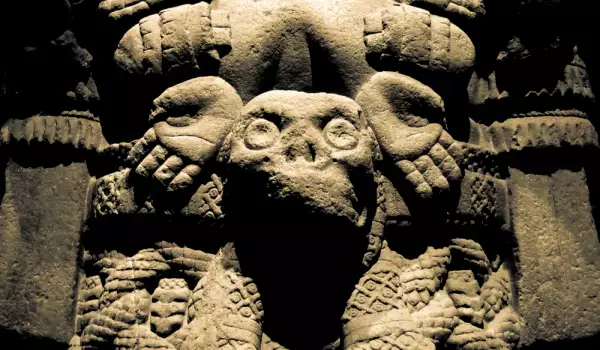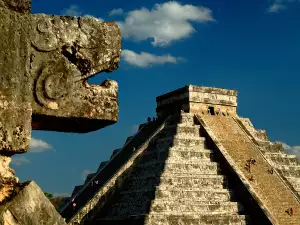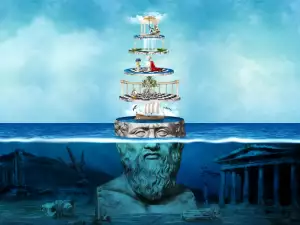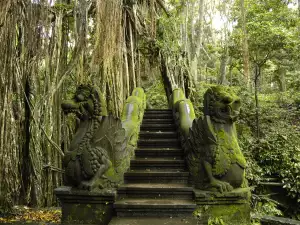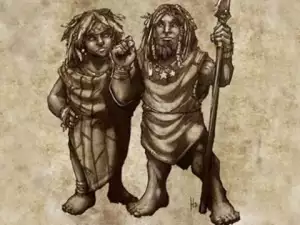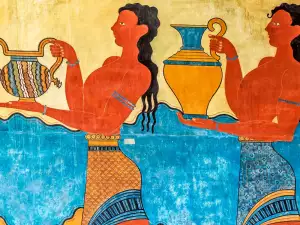Before the arrival of Christopher Columbus and before colonization, the civilizations of indigenous people flourished in Central and South America for thousands of years. They built huge cities, massive temples and networks of roads and bridges. They had perfect methods of irrigation, agriculture and engineering. They practiced religions, were skilled astronomers and mathematicians, spoke their own languages, created art and played sports.
The Mayan, Aztec and Inca civilizations are the most famous of these cultures, and each has its own uniqueness and contribution to the world. The Aztec history is extremely interesting, not only because of the highly tragic elements in it, but also because of its achievements.
Origins of the Aztec Empire
According to legend, the Aztecs arrived in the Valley of Mexico from Aztlan, which is believed to be somewhere in the north. In translation, the place is defined as white land or land of white herons. These migrating groups were probably hunter-gatherers from northwestern Mexico, nomads. They were skilled hunters and warriors and were hostile to the established inhabitants of the Valley of Mexico. According to their legends, they were brought to the Valley of Mexico by their chief god Huitzilopochtli.
Much of the valley was already inhabited, the good agricultural land was occupied, so the Aztecs settled on an island at the western end of Lake Texcoco. They built their capital Tenochtitlan on the spot where they saw an eagle. It was perched clutching a snake in its claws according to legend.
However, modern archeology presents a different picture of the origin of the Aztecs. The people who later became known as the Aztecs were one of the many Nahuatl-speaking groups in the Valley of Mexico. In the twelfth century, many of these peoples created independent societies. The main political form of these groups was the city-states. These were independent political entities with their own armies, identity and political and religious structures.
At first, as the legend goes, the Aztecs led an unenviable existence on their island, practicing agriculture and building a small settlement that gradually expanded. Being excellent warriors, they often fought with the other people of the region. At other times they joined as mercenaries in the many wars in which the inhabitants of the valley participated. The Aztecs gradually began to dominate the surrounding tribes and city-states in the region.
Creation and Rise of the Aztec Empire
In 1427, the war with the Tepanecs broke out. In this war, their next ruler, Itzcoatl, created an alliance with the neighboring states of Tescoco and Tlacopan, two of the more powerful city-states in the region. This way the Triple Alliance was created, which was the beginning of the Aztec Empire. At first, the three cities ruled the valley relatively equally. But gradually the Aztecs gained sole political power and hegemony in the region.
The Aztecs ruled through a policy of indirect control, which consisted of not directly interfering with the political, cultural, or religious institutions of the conquered groups. As long as the province or territory paid the necessary taxes to the Aztec empire, they did not interfere in the activities of the local leaders.
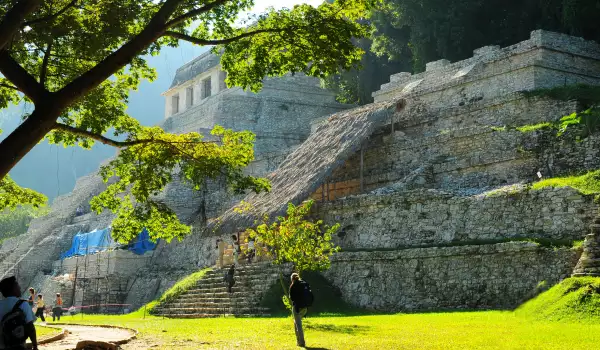
During the reign of Montezuma I, from 1440 to 1469, the Aztecs extended their borders south to the Valley of Oaxaca, west to the Pacific Ocean, and east to the Gulf of Mexico. With these new regions added to the empire, trade goods and taxes began to flow heavily into Tenochtitlan.
The Aztec Empire grew bit by bit, with each ruler expanding Aztec territory through conquests and alliances.
The Aztecs maintained their empire through a complex tax system. They had a regular system of taxation that was comparable to what the Romans and Greeks did. Cacao beans and cotton fabrics, the Mesoamerican forms of payment, were the main forms of taxation that the subordinate tribes paid their Aztec masters. Cocoa beans were used for small trades, while cotton fabrics were used for larger ones.
The Aztecs maintained their empire and repelled their rivals with a well-trained army. All Aztec boys were trained from an early age for war in special military units.
By the beginning of the 16th century, the Aztec empire was at its peak. Well organized, with a complex bureaucratic system that included governors, soldiers, courts, tax collectors and civil and religious officials.
At the top of this hierarchical system was a ruler called the tlatoani in Nahuatl. The ruler ruled over 5 to 6 million people over a vast territory with about 400 to 500 city-states. Tenochtitlan was the Aztec capital, a thriving city of approximately 400, 000 inhabitants, making it larger than most major European cities at the time. Tenochtitlan was a city with pyramids, temples, palaces, artificial reservoirs for fresh water and gardens and the people were fed by highly developed agriculture.
Religion of the Aztecs
The Aztecs were polytheists as a religious belief. They propitiated with human sacrifices of captives many gods, each with different power, character and symbols. No fewer than 200 gods made up the Aztec pantheon.
The main god of the Aztec pantheon was Huitzilopochtli, the god of war. He is associated with the sun and fire and is often depicted as a warrior adorned with colorful hummingbird feathers and carrying a shield in one hand and a snake in the other. The lower part of his face is typically blue, while the upper part is black.
An equally important Aztec deity is Quetzalcoatl, whose name means feathered serpent. He is the god of light, wisdom and the arts and the Aztecs associated him with the wind and the planet Venus. In their culture, he gave the Aztecs books, the calendar and corn.
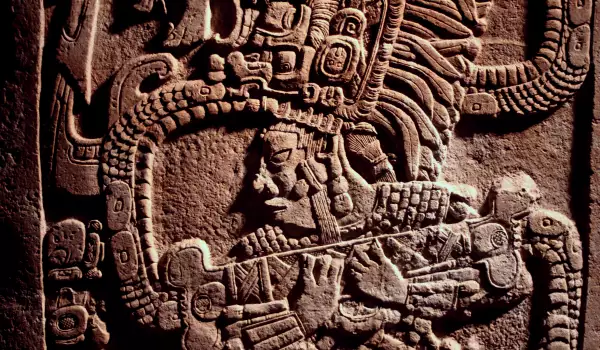
Tezcatlipoca, meaning smoking mirror, was the Aztec god of judgment, earth, divination, sorcery and the night. Although invisible, he is often depicted with black and yellow stripes across his face, heron feathers on his head, seashells on his wrists and ankles and a colorful shield. He also carries an obsidian mirror that he uses to predict the future and read people's thoughts.
The Aztecs worshiped the rain god Tlaloc, depicted in Mesoamerican art with a mask with teeth, which stick out, like those of a jaguar. Tlaloc is associated with agriculture, fertility and storms. Along with them are many other deities.
Fall of the Aztec Empire
At the time of Motezuma II, at the beginning of the 16th century, the Aztec Empire was at its greatest territorial expansion. In 1519, however, the Spaniard Hernán Cortés invaded the Aztec Empire. With 500 Spanish soldiers, he arrived in Veracruz and continued to advance inland, allying with several local tribes who wanted to reject Aztec rule.
Upon his arrival at Tenochtitlan, Cortés already commanded thousands of warriors, all intent on overthrowing the Aztec empire and sacking the city. The Aztecs, under their new ruler Cuauhtemoc, at first put up strong resistance. But the weapons and cavalry of the Spaniards, as well as of the hostile local tribes, proved to be stronger than them.
In 1521, Cortes and his allies managed to overtake the city. But the power of weapons was not the only factor that led to the downfall of the Aztecs. European diseases, especially smallpox, played a decisive role in Cortés' victory. The local population simply had no immunity and the disease ravaged the region, killing thousands of them.
The place of Aztec culture in the world cultural heritage
Today, the Aztecs are known as fierce warriors who performed blood-curdling human sacrifices. However, this cannot erase the truth about them as the creators of the most complex civilization in Mesoamerica. Aztec craftsmen created some of the most significant works of art in the Americas and their stones, feathers and ceramics are now on display in museums around the world.
